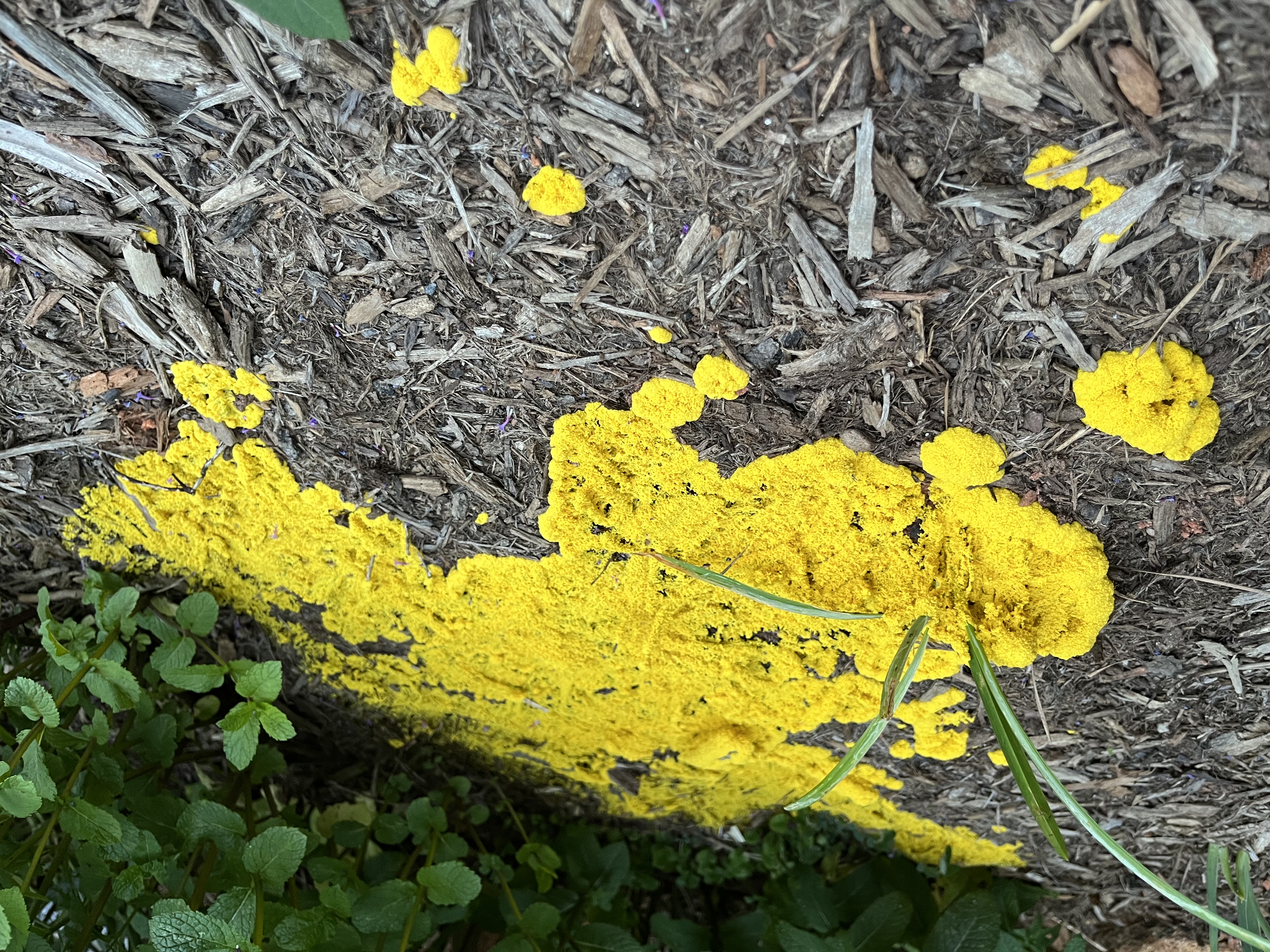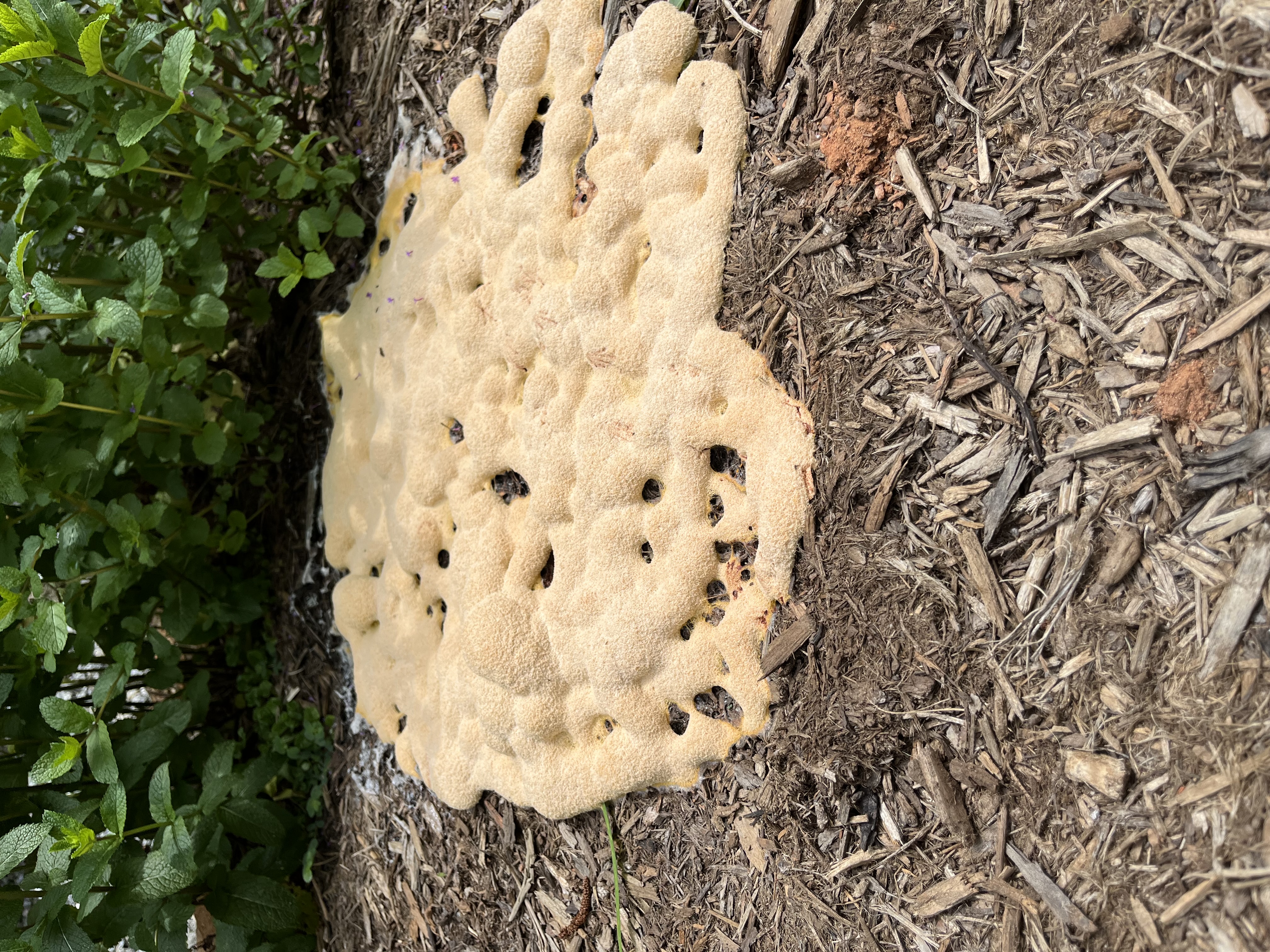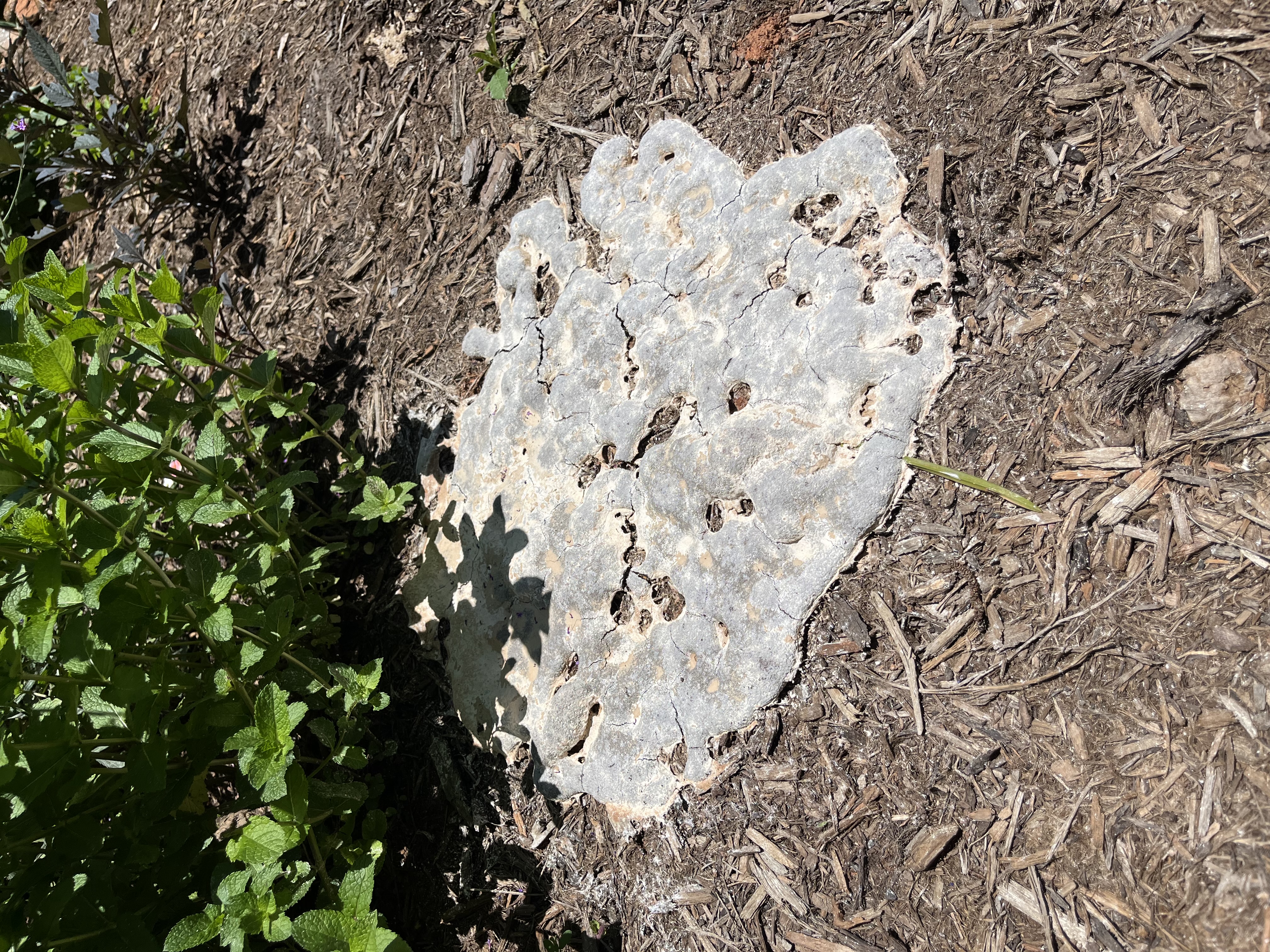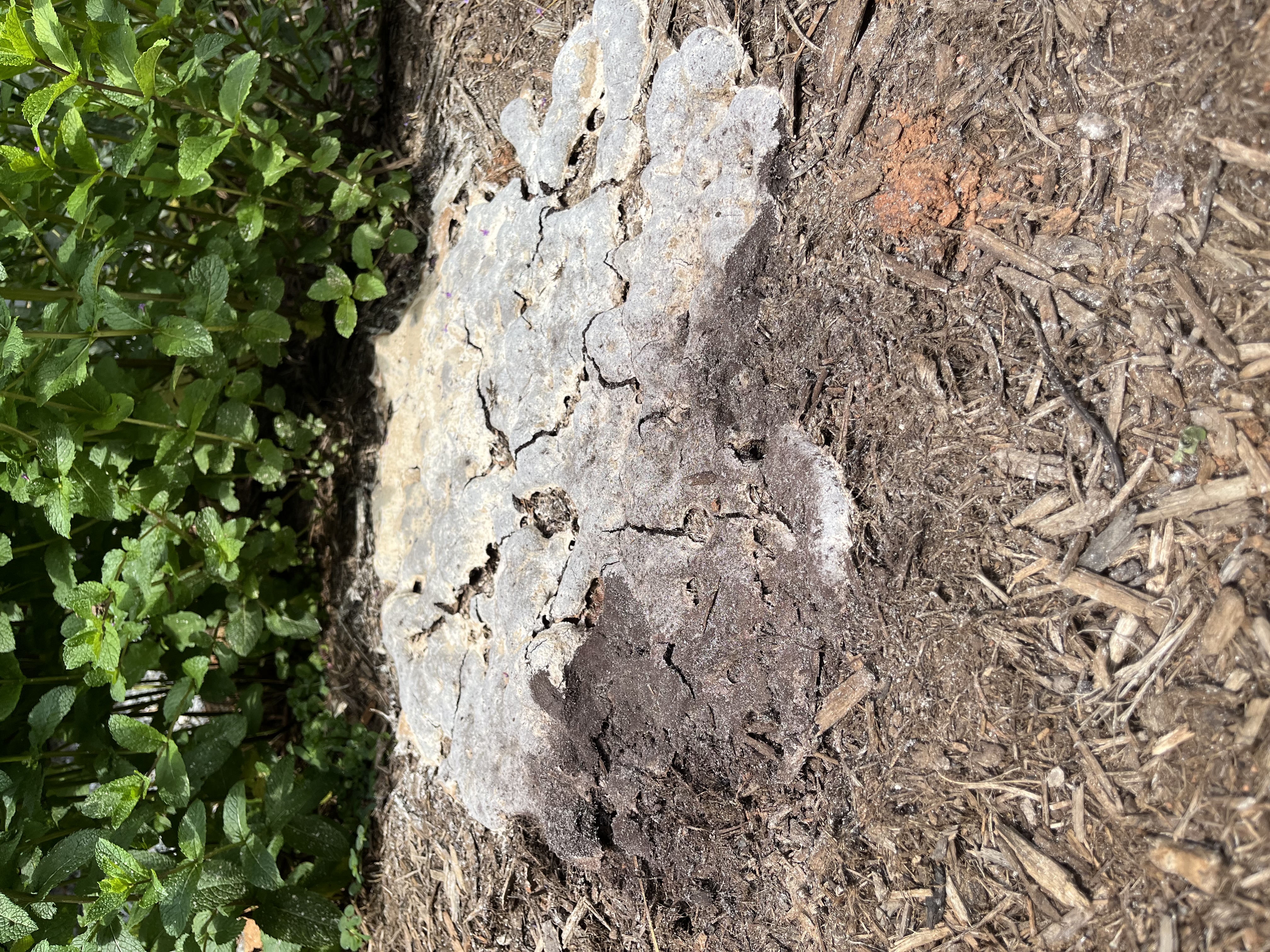Dog Vomit Slime Mold: A Photo Journal
go.ncsu.edu/readext?1008726
en Español / em Português
El inglés es el idioma de control de esta página. En la medida en que haya algún conflicto entre la traducción al inglés y la traducción, el inglés prevalece.
Al hacer clic en el enlace de traducción se activa un servicio de traducción gratuito para convertir la página al español. Al igual que con cualquier traducción por Internet, la conversión no es sensible al contexto y puede que no traduzca el texto en su significado original. NC State Extension no garantiza la exactitud del texto traducido. Por favor, tenga en cuenta que algunas aplicaciones y/o servicios pueden no funcionar como se espera cuando se traducen.
Português
Inglês é o idioma de controle desta página. Na medida que haja algum conflito entre o texto original em Inglês e a tradução, o Inglês prevalece.
Ao clicar no link de tradução, um serviço gratuito de tradução será ativado para converter a página para o Português. Como em qualquer tradução pela internet, a conversão não é sensivel ao contexto e pode não ocorrer a tradução para o significado orginal. O serviço de Extensão da Carolina do Norte (NC State Extension) não garante a exatidão do texto traduzido. Por favor, observe que algumas funções ou serviços podem não funcionar como esperado após a tradução.
English
English is the controlling language of this page. To the extent there is any conflict between the English text and the translation, English controls.
Clicking on the translation link activates a free translation service to convert the page to Spanish. As with any Internet translation, the conversion is not context-sensitive and may not translate the text to its original meaning. NC State Extension does not guarantee the accuracy of the translated text. Please note that some applications and/or services may not function as expected when translated.
Collapse ▲
Dog Vomit Slime Mold is most noticeable during this first bright yellow stage. But do not worry when you see it.
When you see a mustard yellow slimy blob on your raised beds, relax and enjoy the show.

One day later the bright yellow had spread and muted to a puffy tan color resembling a funnel cake.

By the third day, the mold shrank into a more crusty, gray flecked cookie.

The fourth day was even more disintegrated and any disturbance sent clouds of spores wafting.
The latin name is Fuligo septica but it is commonly referred to as ‘Dog Vomit Slime Mold”. Ewwww. Slime molds are most often found on fresh organic material in warm and humid conditions. It has been thriving on my newly spread hardwood mulch the past few days of mid June.
It has come to decompose the hardwood mulch and will not affect any living plants. If you really hate the look and cannot wait a few days for it to pass, take a garden fork and toss the mass under shrubs or onto your compost pile.
When the blob enters its final stage, it is dry and crumbly. Any slight disturbance, even watering with the garden hose, will cause a plume of spores to erupt. These spores remain viable and will wait for the perfect conditions to germinate to start the process again.
Older more seasoned mulch is less likely to support this mold so you may never notice it unless you’ve recently spread fresh hardwood mulch on your garden beds. The breaking-down of mulch is a wonderful necessary process that creates ideal conditions for everything you are trying to grow. Cheers to Dog Vomit!




